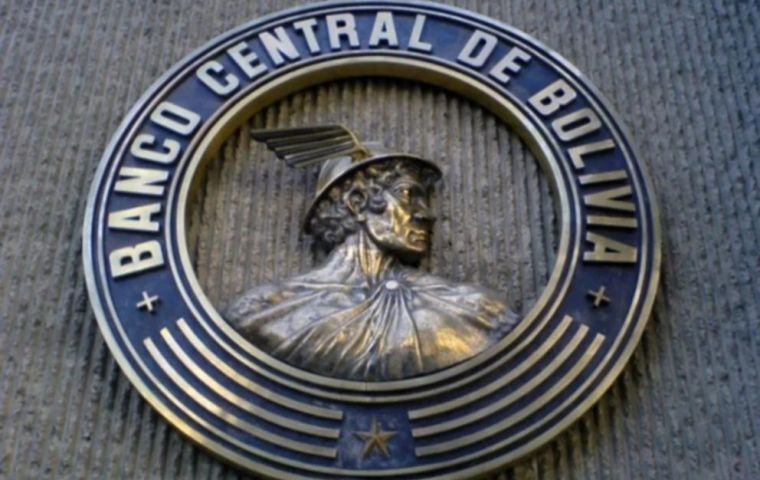MercoPress. South Atlantic News Agency
Bolivia's Central Bank boasts growing reserves
 “The level of reserves continues to grow,” Rojas told reporters
“The level of reserves continues to grow,” Rojas told reporters The Central Bank of Bolivia (BCB) announced this week that its net international reserves (NIR) have continued to grow, reaching US$2.807 billion by the end of June 2025. This represents an increase of US$830 million since December 2024, and a nearly US$200 million increase in the last two months alone.
BCB President Edwin Rojas highlighted this “very significant growth,” noting that it's a positive sign for the financial system and the overall economy. He also mentioned that the BCB spent US$1.019 billion on fuel imports in the first half of the year and fulfilled 47% of the administration's foreign debt commitments during the same period.
The report also pointed out that the BCB had previously limited the frequency of its NIR reports following the approval of the Gold Law, leading to some concerns about transparency. However, this semi-annual report emphasizes the continued positive trend in reserve growth.
“We hope that today, at the end of the day, we will once again have an important result, but in terms of the trend, I can say that the level of reserves continues to grow,” Rojas told reporters.
“Fortunately, international reserves have been rising in this last period; in the latest report, we have presented an increase that shows a sign that I consider important for the financial system, for the entire economy in fact,” he added.
International reserves are liquid foreign assets that include gold, special drawing rights (SDRs), foreign currency assets (currencies, deposits, and securities), among others. Their function is to guarantee international payments, service debt, and back external loans, representing a country's ability to pay.




Top Comments
Disclaimer & comment rulesCommenting for this story is now closed.
If you have a Facebook account, become a fan and comment on our Facebook Page!